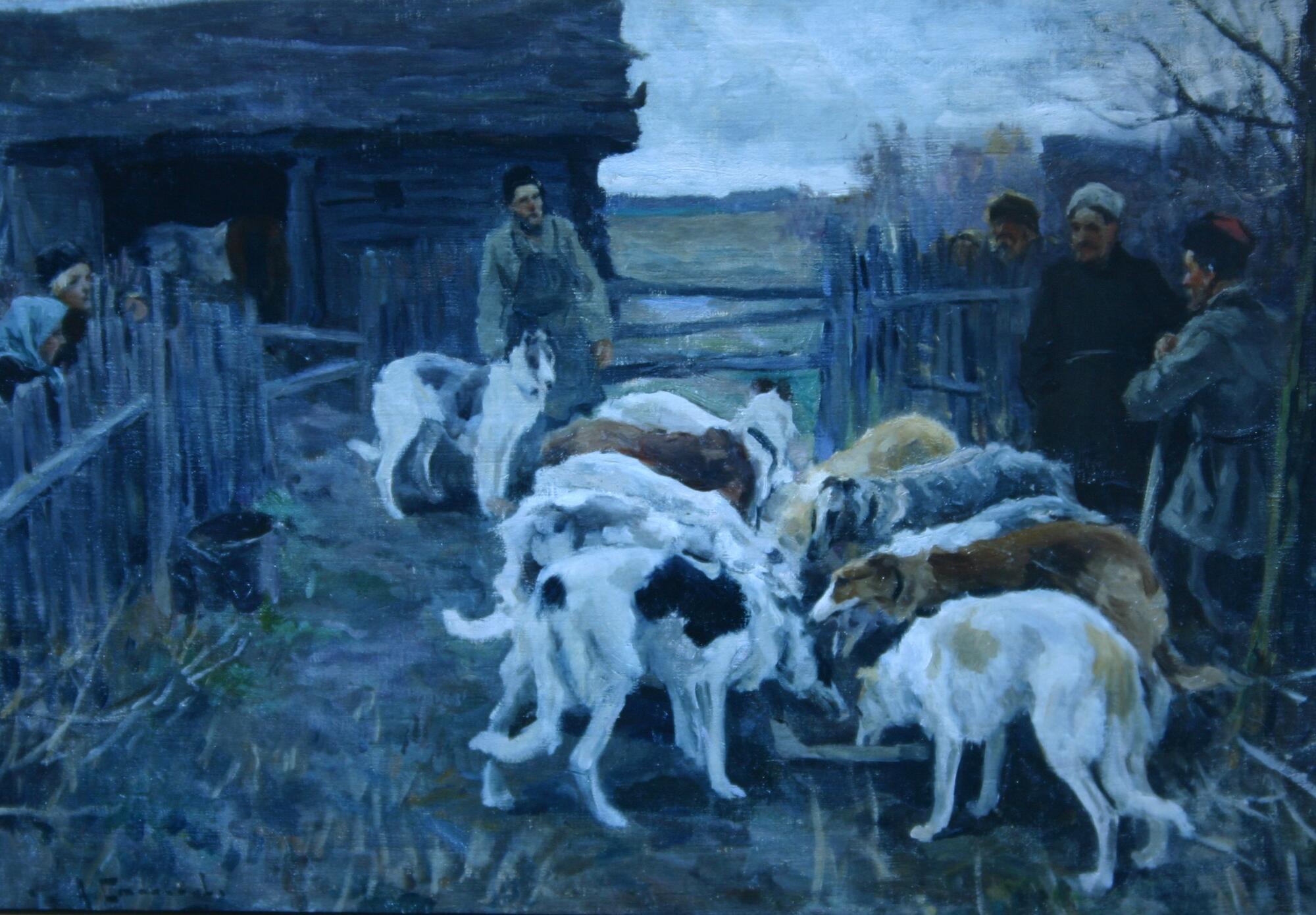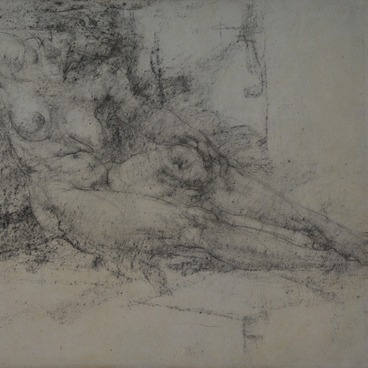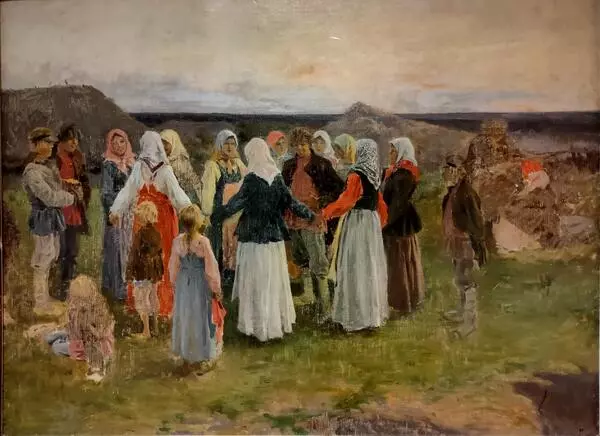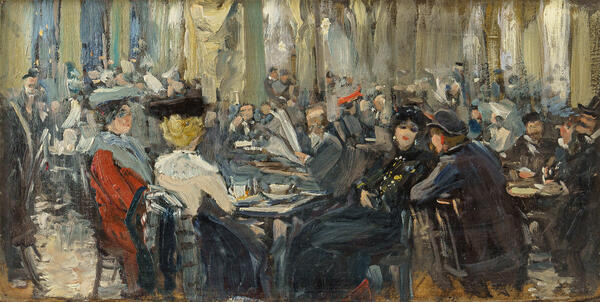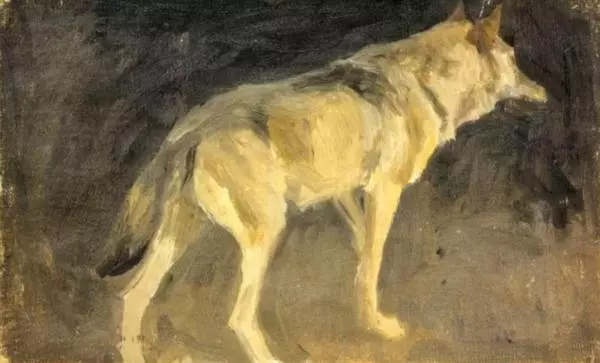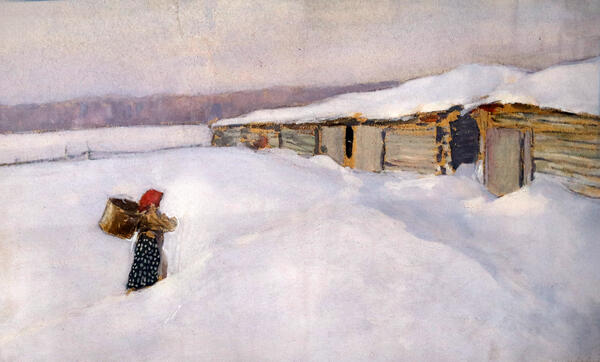The animal painter Alexey Stepanovich Stepanov was born in the city of Simferopol in 1858, in the family of a hereditary nobleman, an officer and a veteran of the Crimean War.
At the age of five, Alexey Stepanov found himself an orphan. His guardian took him to Moscow and got him a placement in a branch of the Institute of Company Officers’ Orphans. Later, Alexey entered the Land Survey Institute, from which he graduated as a surveyor.
His skill in drawing and drafting enabled Alexey Stepanov to enroll in the Moscow School of Painting, Sculpture and Architecture at the age of 25. He often went hunting together with Illarion Mikhailovich Pryanishnikov, his teacher and a genre painting artist. Stepanov observed nature and drew wild animals. His greatest pleasure was to paint scenes of dog hunting with greyhounds and beagles. As a student, Alexey Stepanov began to cooperate with the magazine “Nature and Hunting”.
In 1884, his graduation work “Father and Son, or Military Conversation” earned him the Grand Silver Medal and the title of Class Artist. In 1889, the painting “Moose Eating Hay in Winter” was exhibited at the 17th Traveling Exhibition, whereupon it was purchased by the Moscow patron of art Pavel Mikhailovich Tretyakov for his collection.
At the age of 31, Alexey Stepanov became a teacher in the class of animalistic painting at the Moscow School of Painting, Sculpture and Architecture, where he worked for 29 years.
In 1891, after the great success of the painting “Cranes Flying”, the artist was made a member of the Society of Traveling Art Exhibitions. At the age of 36, Stepanov traveled around Europe, visiting Germany, Switzerland, France and Northern Italy.
In 1903, Alexey Stepanov became one of the founders of the Union of Russian Artists. In 1905, he was awarded the title of Academician of the Imperial Academy of Arts. In 1920, he fell seriously ill, but continued to work as an artist. Alexey Stepanov died at the age of 65.
The painting “Greyhound Breeding Station” was transferred to the Alexander Grigoriev Art and History Museum from the Moscow City Fund in 1924.
The artist knew how to convey the anatomy of animals, and had a good understanding of their habits.
Alexey Stepanov’s skill is confirmed by the fact
that the writer Anton Chekhov wanted to see his story “Kashtanka” illustrated
by this very artist.

